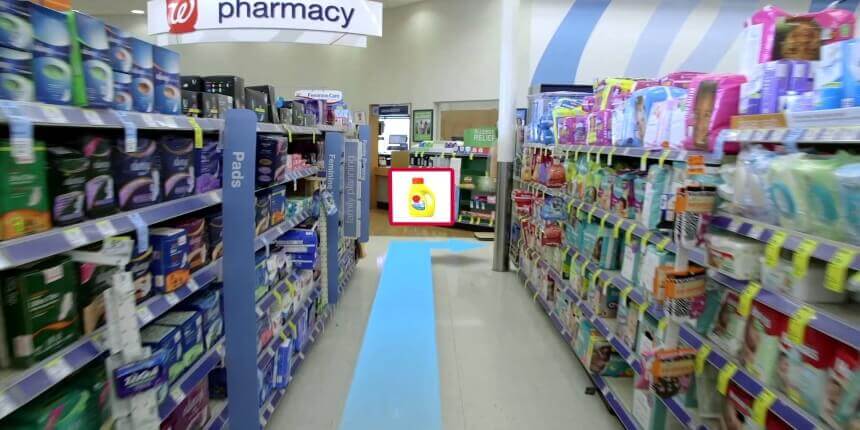
 Augmented-reality-future-digital-ma...
Augmented-reality-future-digital-ma... 
With the recent release of Pokemon Go and the sheer pandemonium that has ensued, it is apparent Augmented Reality (AR) is going to have a large influence on digital marketing. Unlike virtual reality, which creates a completely immersive environment for the user, AR manages to integrate digital information into the user’s real life. What this is able to do is give the user a far more enhanced and immersive experience within its realm. The way consumers continue to interact with this technology will determine the true potential of this trending technology.

Why Customer’s Want To Use Augmented Reality
AR has empowered the consumer; enabling them with the ability to make efficient and comfortable buying decisions. IKEA was one of the first brands to embrace AR with a platform that allows their customers to superimpose furniture into their very own living space. Why does this matter? The application allows for a much quicker transaction as no in-store visit is required and the chances of having to return the product is reduced significantly.

From a loyalty standpoint rewards programs have become far more stimulating as gamification has increased personalization and ultimately increases the enjoyment level. Walgreens’ demonstrated this in their Aisle411 application. It guides customers through their stores helping them discover more products, uncover in-store promotions and build loyalty points. Integration is another benefit that customer sees; sharing information and experiences across different social channels throughout the path to purchase provides more confidence in the products and brands.

Is Augmented Reality Really Worth the Investment?
Aside from infatuating the customer, AR can pay serious dividends to an organization. Creating a virtual shopping platform has the ability to reduce overhead operating costs, minimize your salesforce and develop enormous word of mouth for a brand. AR allows a company to plant a 24-hour interactive shopping mall directly into the palms of consumers, capitalizing on our obsession with mobile devices and ‘in the moment’ impulses. The sophistication of customer engagement has the ability to foster a real relationship with the user which can increase sentiment and loyalty to the brand.
Sephora launched a Virtual Artist Tool earlier this year that allows customers to try on their line of makeups and lipsticks through their front facing camera. Within the first eight weeks of its launch the app saw 1.6 million downloads. Modiface the tech company that developed the app is confident the intuitive purchase process has the ability to increase online and mobile conversions by 80%.

The most valuable aspect of AR to an organization is the ability to track and analyze the data that the customers are providing them in real time. Gathering feedback through interactions with the user allows for the company to create a highly personalized profile of the customer for targeted marketing efforts and customer relationship continues to strengthen long after the initial purchase.
What Does the Future Hold?
AR has had the biggest influence on the retail industry. Its presence has forced retailers to consider strategies to compete with the early adopters. In the future it’s not hard to envision a company that strictly operates through AR applications without any online or brick-and-mortar channels. Limitations of the technology; such as battery life, connectivity and privacy issues, are preventing the complete potential of AR’s impact and will surely be the focus of future iterations. However, as the technology becomes more streamlined, its capacity will continue to grow into different sectors and exert its influence on consumer’s buying behaviours.
Contact DAC today to find out more!

